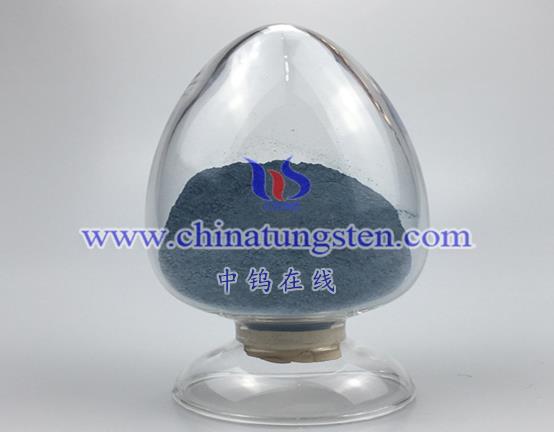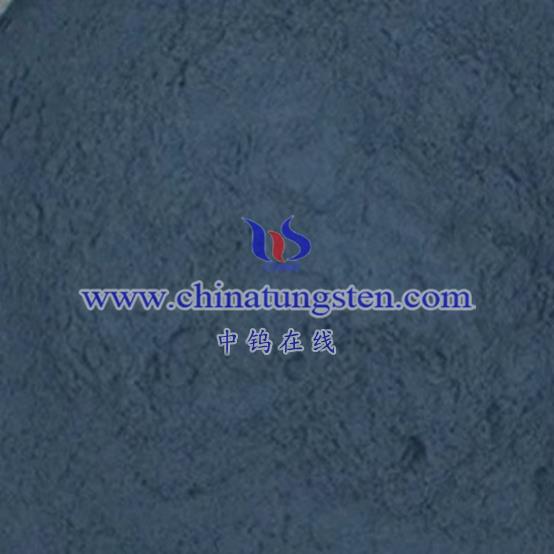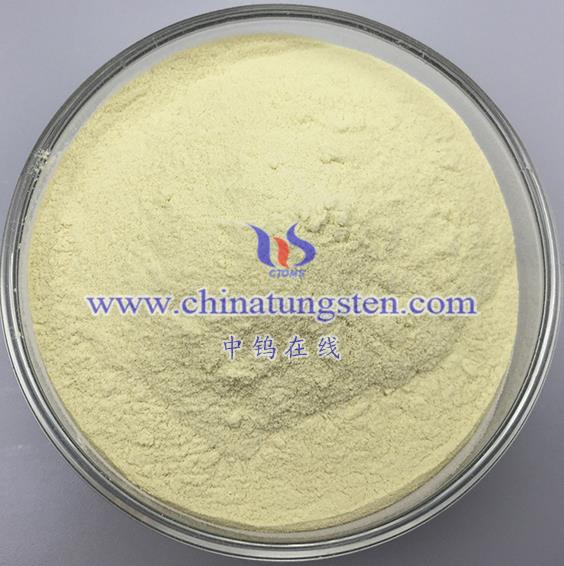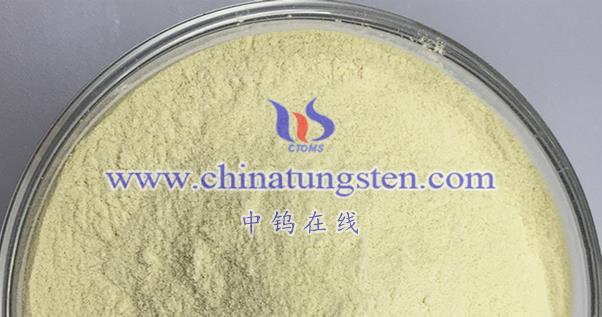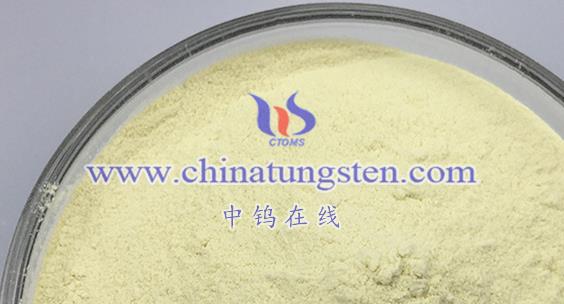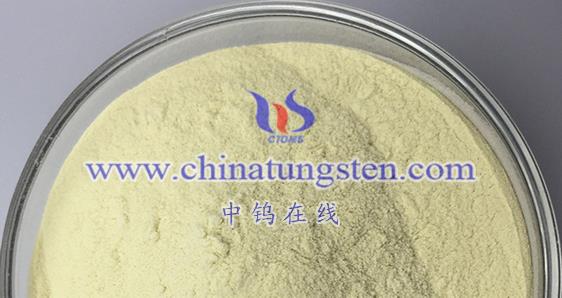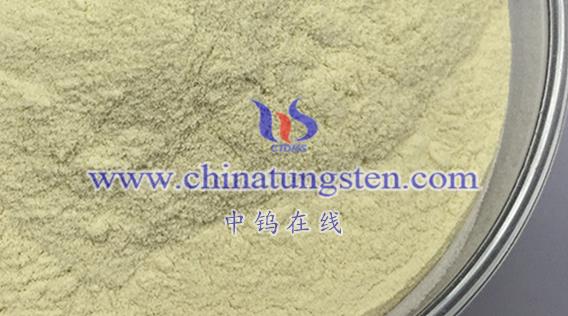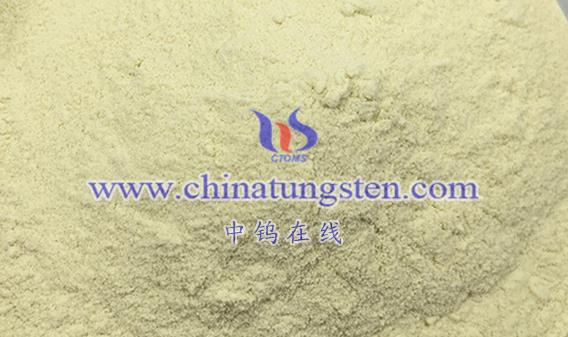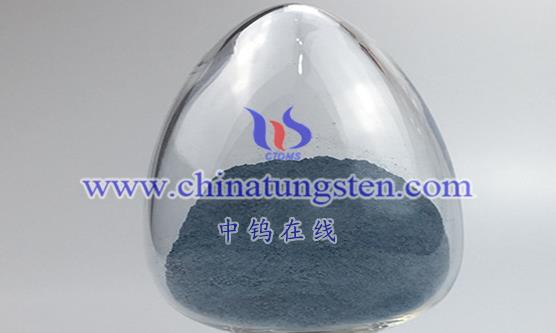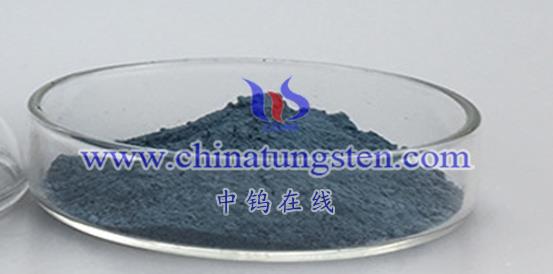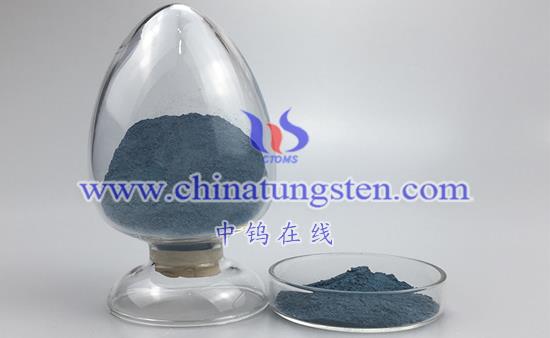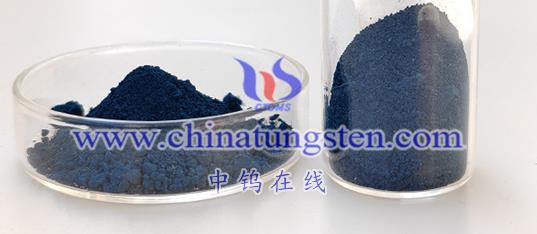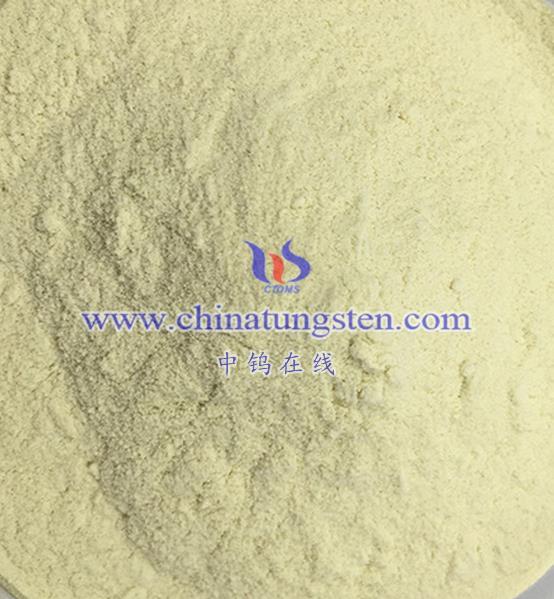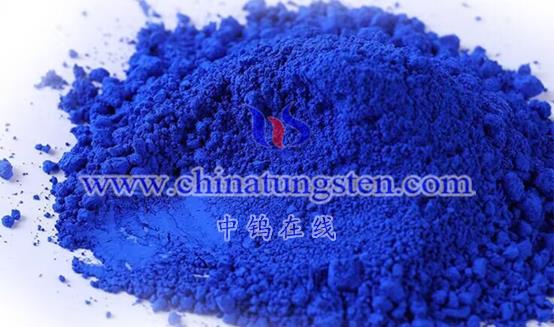
Tungsten oxide (WO3) nanoparticles offer a range of applications in smart windows, primarily due to their unique electrochromic properties that allow for dynamic adjustment of light transmittance. Here are several key application scenarios for tungsten oxide in smart windows:
- Residential Homes
- Energy Efficiency Control
In residential settings, smart windows can automatically adjust light transmittance based on indoor light intensity and outdoor weather conditions. For instance, during sunny days, the windows can reduce light transmittance to lower indoor temperatures and minimize air conditioning energy consumption. Conversely, in the evening or on cloudy days, they can increase light transmittance to enhance indoor brightness and reduce lighting energy use. - Privacy Protection
Homeowners can control the light transmittance of smart windows to protect their privacy. For example, during rest or private activities, they can switch the windows to an opaque state to prevent outside visibility.
- Office Buildings
- Optimizing Light Environment
In office spaces, smart windows can adjust light transmittance according to different time periods and work requirements, creating a comfortable lighting environment for employees. For example, maintaining appropriate light levels during working hours enhances indoor light quality, while reducing light transmittance during lunch breaks or after hours can provide privacy and block direct sunlight. - Energy Reduction
The energy-saving effects of smart windows extend to office buildings by reducing unnecessary heat transfer and energy consumption, thereby lowering operational costs.
- Commercial Displays
- Dynamic Display
In the commercial display sector, smart windows can serve as an innovative showcase. By controlling light transmittance, businesses can present various visual effects and advertising content on the windows, attracting customer attention and enhancing brand visibility. - Environmental Adaptation
Smart windows can also automatically adjust light transmittance based on changes in the external environment of the commercial space, ensuring stability and consistency in the display effects.
- Automotive Windows
- Intelligent Adjustment
With the advancement of smart vehicles, tungsten oxide smart windows are increasingly being integrated into cars. Automotive windows can automatically adjust light transmittance based on internal light levels and driver preferences, improving driving comfort and safety. - Privacy Protection
Similar to residential applications, automotive smart windows can provide privacy protection for passengers.
- Aerospace
- Temperature Control
In the aerospace sector, the temperature control capabilities of smart windows are particularly important. Tungsten oxide smart windows can automatically adjust light transmittance based on cabin temperature and external environmental changes, maintaining a stable internal temperature and enhancing comfort for passengers and crew. - Light Radiation Protection
Smart windows can effectively block harmful radiation and ultraviolet rays from space, ensuring the safety of onboard equipment and personnel.
Conclusion
Tungsten oxide nanoparticles in smart windows have a broad range of applications across various fields, including residential homes, office buildings, commercial displays, automotive windows, and aerospace. These applications highlight the unique advantages of tungsten oxide smart windows in energy efficiency, light environment optimization, privacy protection, and temperature control, demonstrating their potential to improve comfort and sustainability in modern living and working spaces.
More details of tungsten oxide product, please visit website: tungsten-oxide.com
Please contact CHINATUNGSTEN for inquiry and order of tungsten oxide:
Email: sales@chinatungsten.com
Tel.: 86 592 5129595
